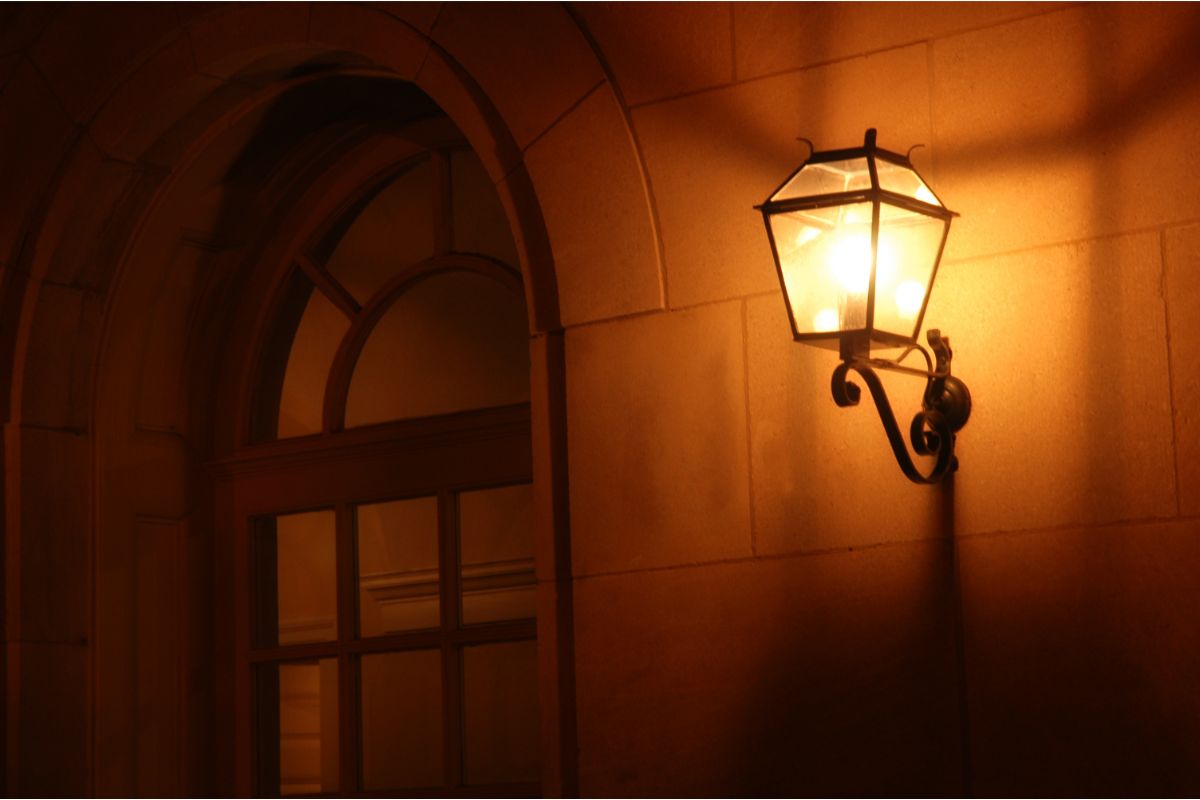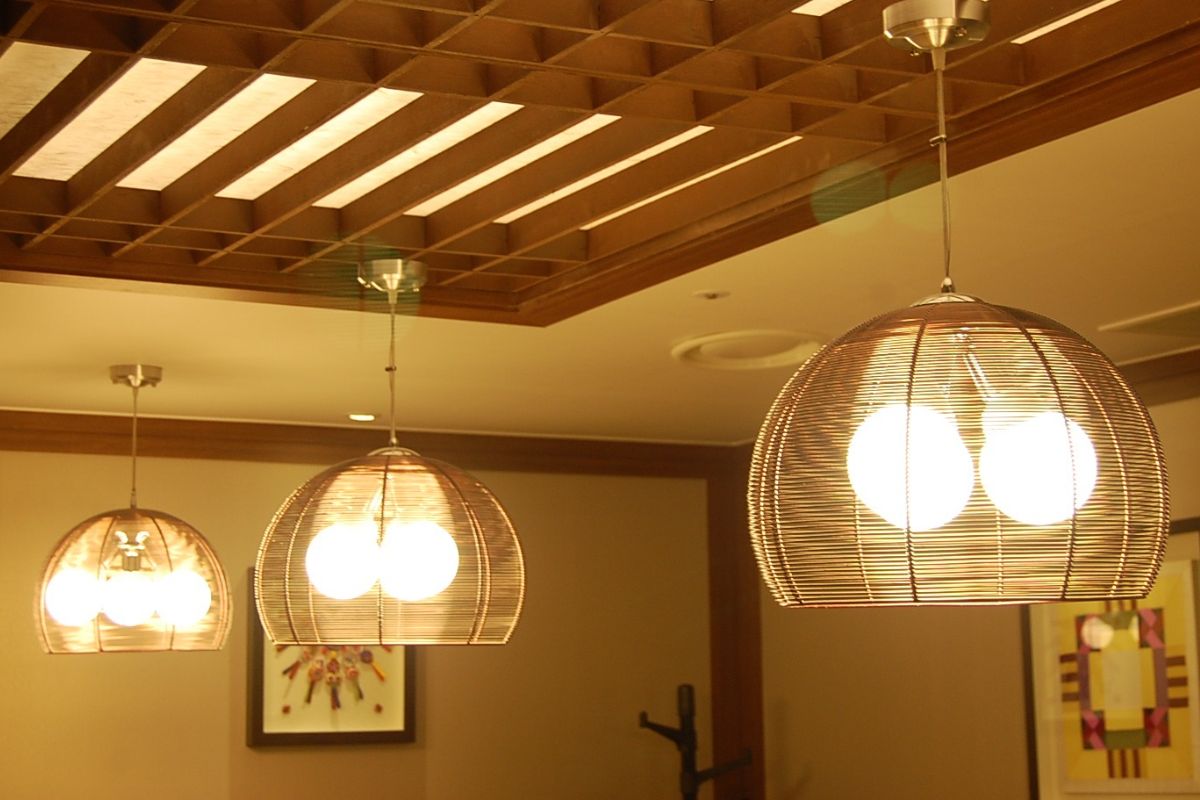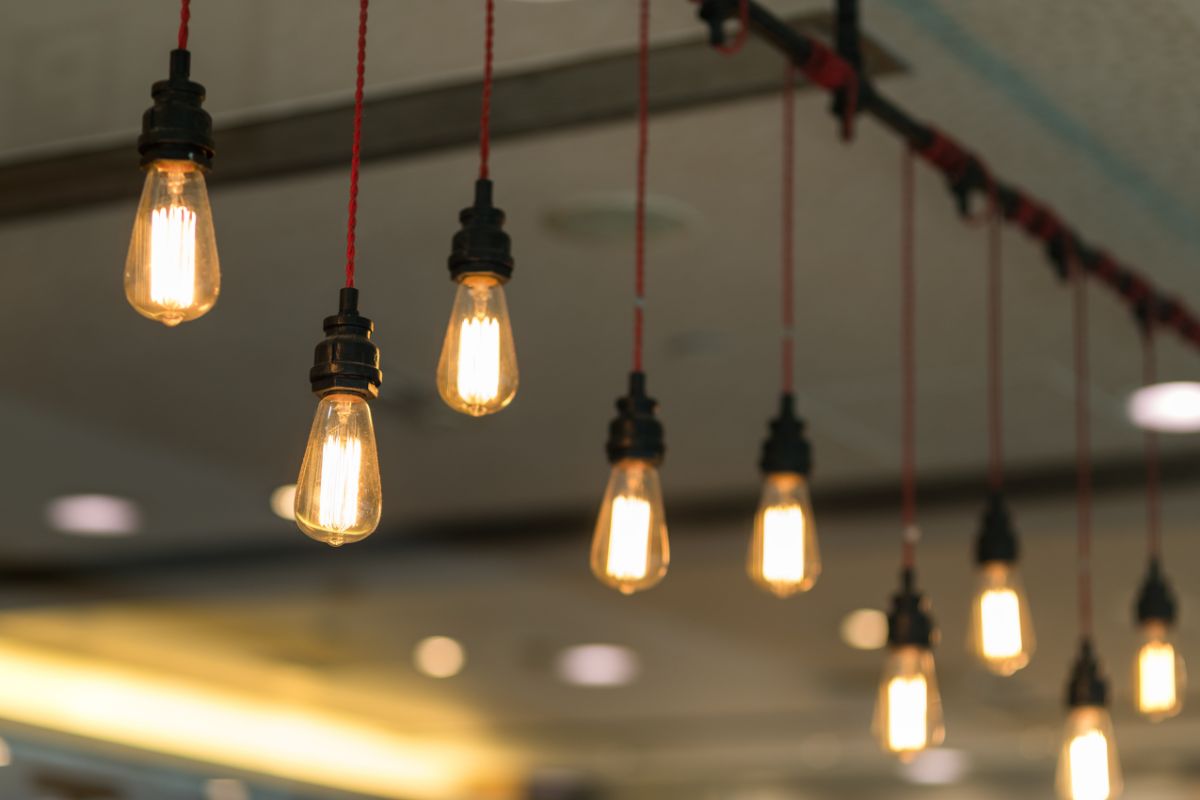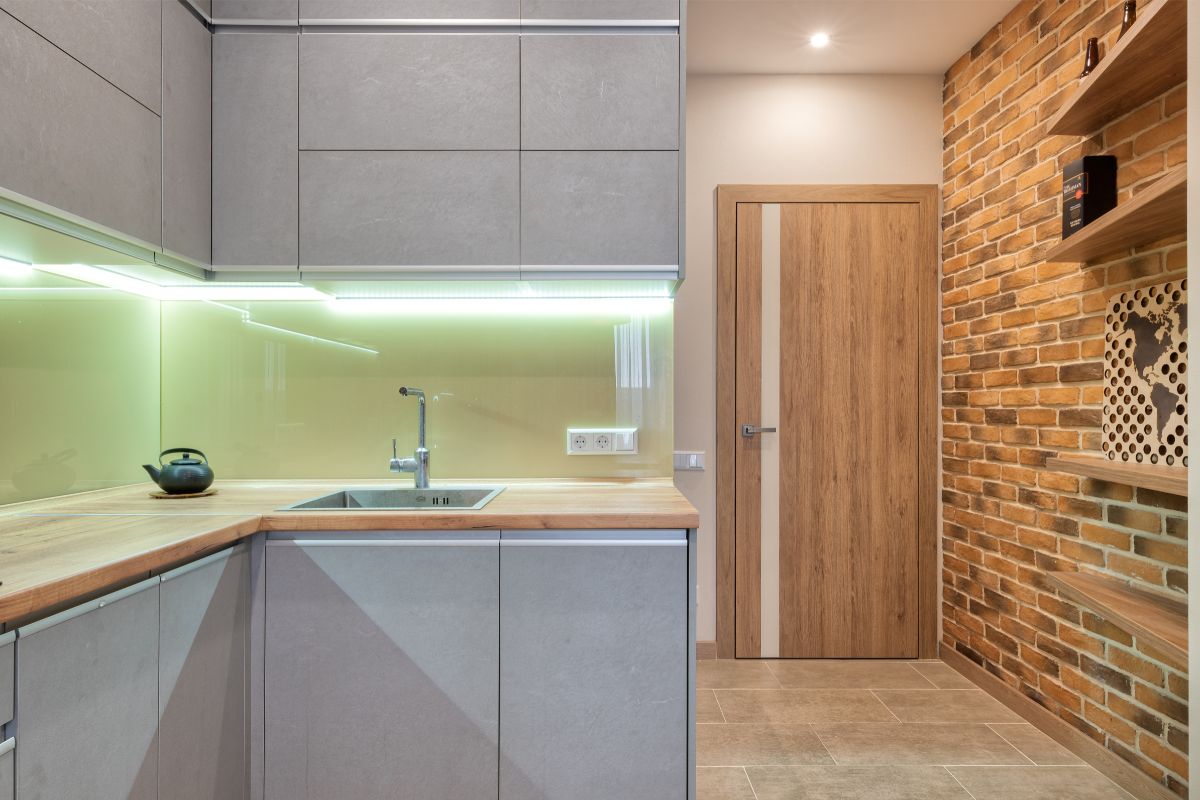With every man and his dog so obsessed with solar power, hydropower doesn’t get anywhere near enough of the limelight. Not only is it just as green, but it provides a pretty much constant source of power, which is more than can be said for solar.
Perhaps best of all, you can actually make your own small water turbine generator at home, and I’m going to show you how it’s done!

What You’ll Need?
- A couple of empty soda cans — Get slurpin’
- Instant glue
- PVC pipes
- An inner tube
- A toy car wheel
- 6 x toy shovels
- A 9 V DC motor
- Positive & negative wires
- LED
- A drill
- Box cutter
- Metal file
- A thin metal rod roughly the width of lollipop stick
- A small plank of wood. 5 x 15” will do the trick
Making A Homemade Water Turbine Generator: A Step-By-Step Guide
This is a fantastic project to do with your kids to get them interested in design and technology. The resulting turbine isn’t going to be much use practically speaking, but it can light a small LED, thus introducing all the little Einsteins and Edisons out there to the possibilities of science.
Step 1
Cut the top third off one of your empty soda cans, then discard this third. I used Coke Cola, but go without whatever bubbly beverage you don’t mind guzzling before getting started here.
If you’re doing this project with kids, it’s best that you handle any steps that involve using the box cutter, so pop the top of the can, then hand it to them. However, be sure to warn them not to touch the sharp edge of the can.
Step 2
Grab your second empty soda can, cut the last quarter off it this time around, then discard the larger section. Again, you’ll need to take care of this step yourself before getting the kids involved.
Step 3
Take your drill, fit a 3/32 bit, drill a hole through the center of each can base, insert the smaller end into the larger can so 2 cm remains poking out, then secure it in place with some instant super glue.
What you should be left with is a rather squat-looking can with a base at both ends, each with a small, lollipop stick-sized hole through the middle.
Step 4
Next up, grab your box cutter, then cut the handle and a very small amount of opening from a toy plastic shovel so that the handle end terminates in a U-shape. Repeat this 5 more times with 5 more toy shovels (or large plastic spoons if you can’t get hold of any toy shovels).
Step 5
Use a pen to mark 6 equally spaced lines around the end of the largest piece of the altered can. I find that using a fabric measuring tape is the best way to get this just right. The lines should run the length of the cut end of your plastic shovels, starting roughly 1 cm in from the tapering off at the very end of the can’s side.
Step 6
Apply a generous amount of super glue along one of the lines, then press and hold one of the shovels to it. Wait for the glue to fully solidify, then do the same for the next 5 lines, making sure that all the shovels are facing the same direction.
Step 7

Insert a thin metal rod through the holes in the center of the ends of your can so there’s a decent length poking out of each side. Once it’s in, glue around the entry holes on the can to secure the rod in place.
Step 8
If need be, cut your PVC pipes down to size. They should be nearly as long as your plank of wood.
Step 9
Set your plank of wood down on a level surface, then, at one end, apply two large blobs of super glue in each corner. Next, take one of your trimmed pieces of PVC pipe, and press it into one of the glue blobs so it’s standing vertically before doing the same with the other pipe and the other blob of glue.
Step 10
Take 2 plastic pen refills, then chop the very tops off — The bits with no ink. They need only be as wide as the top of the PVC pipe. Next, glue one of these trimmings to the top of one PVC pipe. It should be oriented across rather than along the board, i.e. with the hole facing the opposing PVC pipe.
Step 11
Thread the metal rod on one side of your can through the hollow pen refill segment on top of the PVC pipe before threading the other refill segment onto the metal rod on the other side of the can.
Center the can between the PVC pipes, then glue the loose refill segment onto the top of the other PVC pipe, so your can is now suspended between the pipes. Use a wire cutter to trim any excess metal rod extending beyond the outer holes of the refill segments.
Step 12
Apply some glue into the axle hole of your toy car wheel, then place the shaft of your 9 V DC motor into the hole. Attach positive and negative wires to the corresponding terminals on the DC motor before attaching the other ends to the receiving wires of an LED.
Step 13
Take a little block of some kind and glue it to the far side of the plank, directly opposite one of the PVC pipes. This block can be made of anything. As long as it elevates the motor and wheel to a point that the wheel can spin freely without hitting the plank, it’s all good.
Step 14
Trim off a strip of inner tube equal to the width of your toy wheel, lightly file the ends, wrap it around the bare side of the suspended can, loop it around the toy wheel, then glue the ends together, thus forming your belt.
Step 15
Pour some water onto the plastic shovels of the propeller and watch that LED light up!
Final Thoughts
This may be a very small, very basic project, but this teaches all the essentials of the task. You can take what you learn here and apply it to much larger water turbine projects, projects that may just help to reduce your carbon footprint and make your household more self-sufficient.



